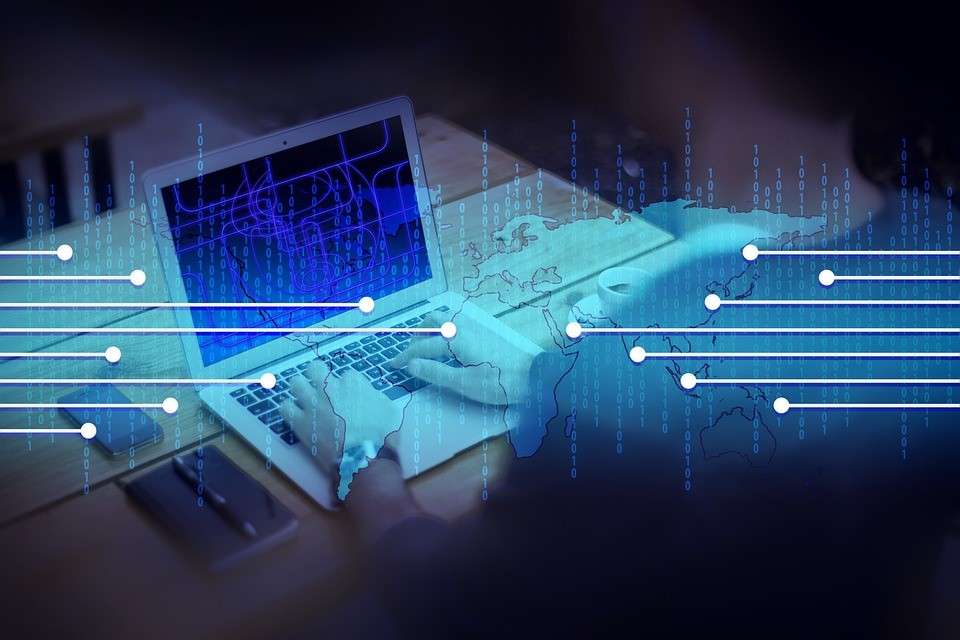careers
We are a company that spreads smile! People need to be happy. That’s our mission.. It’s about being positive, enthusiastic, and having a sense of humor – which are all vital to being successful in today’s world!
We want to bring that happiness out of our employees, a family, again through our services. From our CEO who has always had a positive outlook, go-getter—and never taken anything for granted—to our 20+ employee team, we treat every individual as part of our extended family. This culture is what makes us so successful. That’s why we’ve created a culture where every employee is important, everyone has the opportunity to make a meaningful contribution, as no task is too big or small.
We are a family of various skill sets viz. UI/UX, Backend, AI, ML, Web Developers, DevOps. Cloud Engineers, Growth Hackers, Digital Marketers, Content Writers, etc We wish to grow with right people to enhance our client’s experience with our patented AI-based Facial Recognition software used for attendance in HR process.
Do you want to get gamified?? Reach out to us: We are eager to listen to your story.
Email Us at [email protected]

No one is denying the potential for abuse with facial recognition technology. However, like most new technologies, there are also potential benefits that need to be recognized and utilized responsibly.
The ability to recognize people from a distance and make appropriate judgments about them is something that has existed for thousands of years. Facial recognition tech is only as good as the data it processes and the algorithms it uses to interpret it.
There are many ways you can begin your career in facial recognition technology, whether you’re looking to improve your understanding of how it works or want to get into the industry as a whole.
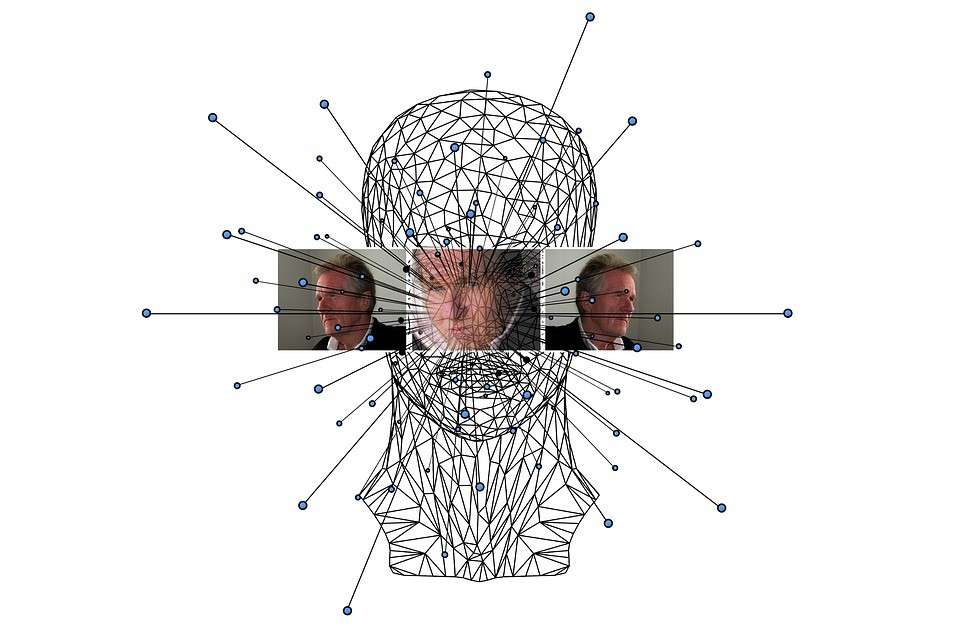
Become an Expert on the Technology
Facial recognition technology is a hot topic these days, and it’s easy to get overwhelmed by the amount of information and technology out there. The first step to becoming an expert on this technology is to understand how it all works.
The foundation of facial recognition technology is machine learning. Machine learning is a process by which computers can learn new behaviors and routines by repeating tasks until they become accurate.
While AI is at its most advanced when it comes to applying logic to large amounts of data, machine learning can be used with lower-hanging fruit-like faces. It can also be used to analyze large numbers of images to get a more accurate reading on a single image.
Machine learning is a fast-paced field with new technologies being released almost every month. With so much innovation, it can be challenging to stay up-to-date on the latest technologies and trends.
Following are some topics which can be prepared for FRT career.
Devised by Stanford University it includes neural style transfer which enables working with facial images effectively. This is a technique that manipulates digital images or videos to replicate other images.
This topic goes beyond facial and object detection, and semantic segmentation models and requires knowledge about AI and Deep Learning before you can understand the advanced techniques of CNNs. It also includes classical machine learning and deep learning techniques with some of the popular libraries like Scikit-Image, Scikit-Learn, Keras, PyTorch, OpenCV, etc.
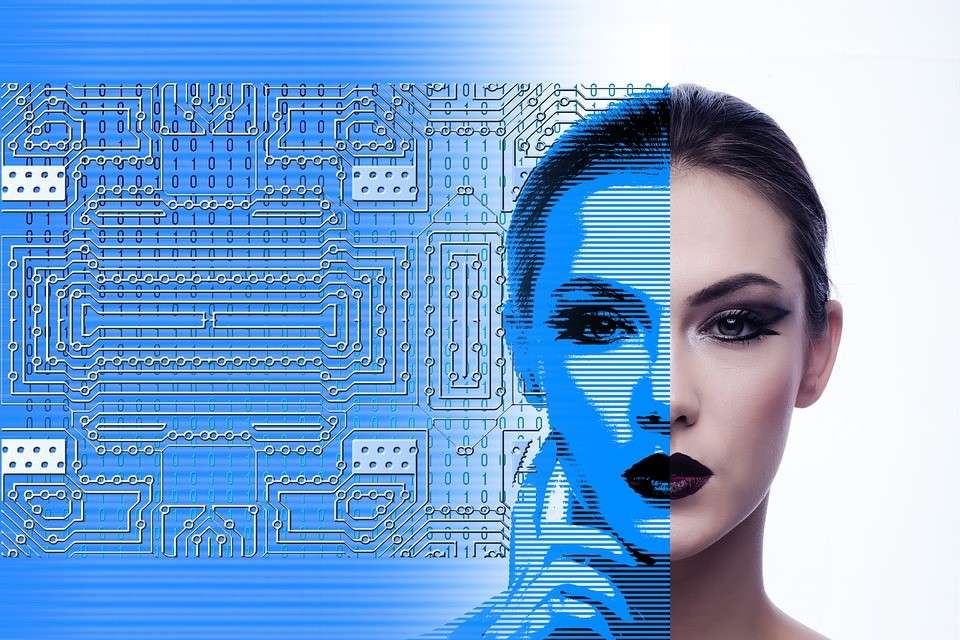
It is very reliable for programming image recognition. Python library highly supports image recognition. One of the libraries in Python that is the most powerful and efficient is the Scikit-Learn Machine Learning, which is known for its capability in supporting face recognition and motion detection.
C / C ++ / C # can also be used for image recognition. Libraries in the C / C ++ / C # such as OpenGL, EmguCV, OpenCV, etc. are the libraries that are designed for image recognition.
Used for image recognition because they offer a variety of tools for matrix calculations. Difficult tasks such as cutting, rotating, and masking can also be done. Matlab also introduced a special code for implementing facial recognition features, this code uses databases AT and T.
Java is claimed to be powerful enough to perform complex function to create an application that can perform image recognition and processing (image recognition, image processing).
Authors Mei Wang, Weihong Dengin their research paper ‘ Deep Face Recognition: A Survey’ provides a comprehensive survey of deep FR from both data and algorithm aspects.
In survey, they provided a comprehensive review of the recent developments on deep FR, covering broad topics on algorithm designs, databases, protocols, and application scenes.
This emerging technique has reshaped the research landscape of face recognition (FR) since 2014, launched by the breakthroughs of DeepFace and DeepID.
The milestones of feature-based FR over the past years are presented in Fig. 1, in which the times of four major technical streams are highlighted.
Pls see below the milestone of evolution of FRT.

There are three modules needed for FR system, as shown in Fig. 3 below. First, a face detector is used to localize faces in images or videos. Second, with the facial landmark detector, the faces are aligned to normalized canonical coordinates. Third, the FR module is implemented with these aligned face images.
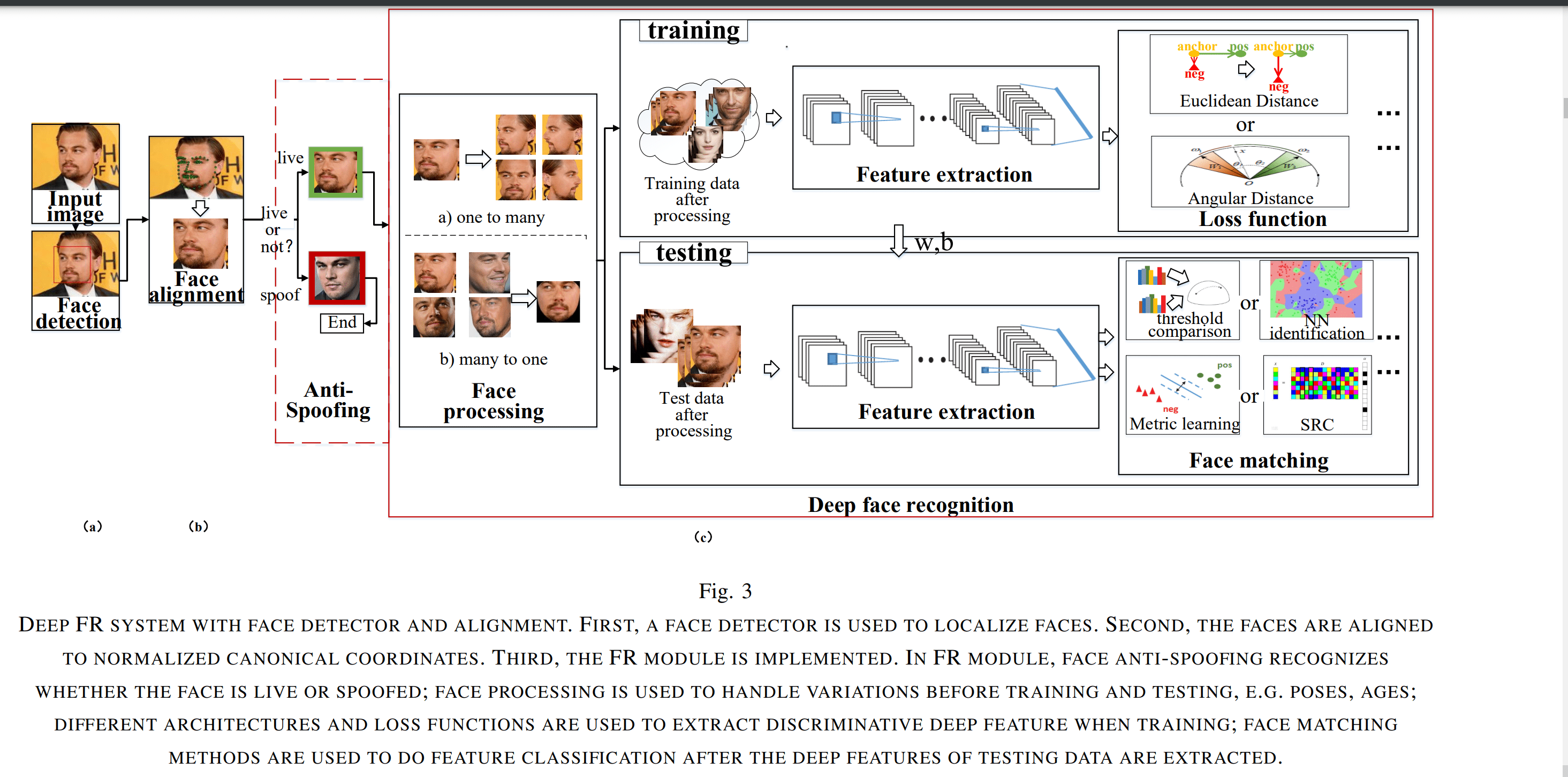
Above reference paper is for the enthusiasts who wants to enter into this filed. They can freely download paper from the internet for more details.
RAA is the process used by facial recognition tech companies to clean and normalize the data. It’s done through an algorithm called a residual activity analysis (RAA). An RAA looks at how often each image is received, processed, and then sent back to the cloud.
It then looks at the total time the image is stored in the cloud as well as the total time the algorithm determined it was a valid image. If the total amount of time the algorithm takes to process an image is longer than another image received within the same period, the algorithm is said to be “back-activating” that image.
For example, consider an algorithm that takes two images, one with a red face and one without. If it takes the algorithm two pictures to determine if the face in the photos is red, then the algorithm is only active when it’s determining if the image is valid.
If the image is determined to be valid, then the algorithm is free to process other information in the image, like the person’s hair color or clothing. RAA can be used to examine the data and decide whether the algorithm should be retraining or be marked as an “out-of-date” tech.
In these cases, the company will send the data and let the algorithm work its magic and then send the new data back to the cloud to be processed again.
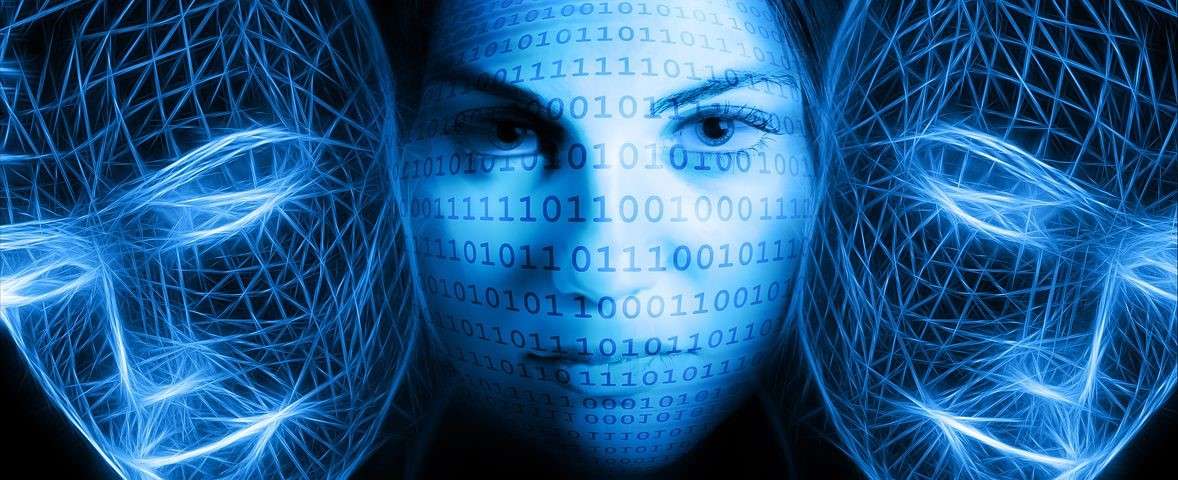
Tele-Communication is the act of communicating over a communication channel, usually a telephone line. This can be a cellular phone call, an internet connection, or a speaker.
Tele-Communication is highly effective for when the distance between you and the person you want to message is a factor. It’s also effective when you’re far from home or a support team is far from available.
Tele-Communication is relatively new to facial recognition technology, but it already has a track record of being very accurate. It’s not just about how good the technology is, but also how often it’s being used.
There are many industries that don’t value using tech as much as we do. If someone is using technology every day, it’s likely because they do something with it every day. If you’re atele-communicator, you can monitor your usage and determine whether you’re using the right tool for the job.
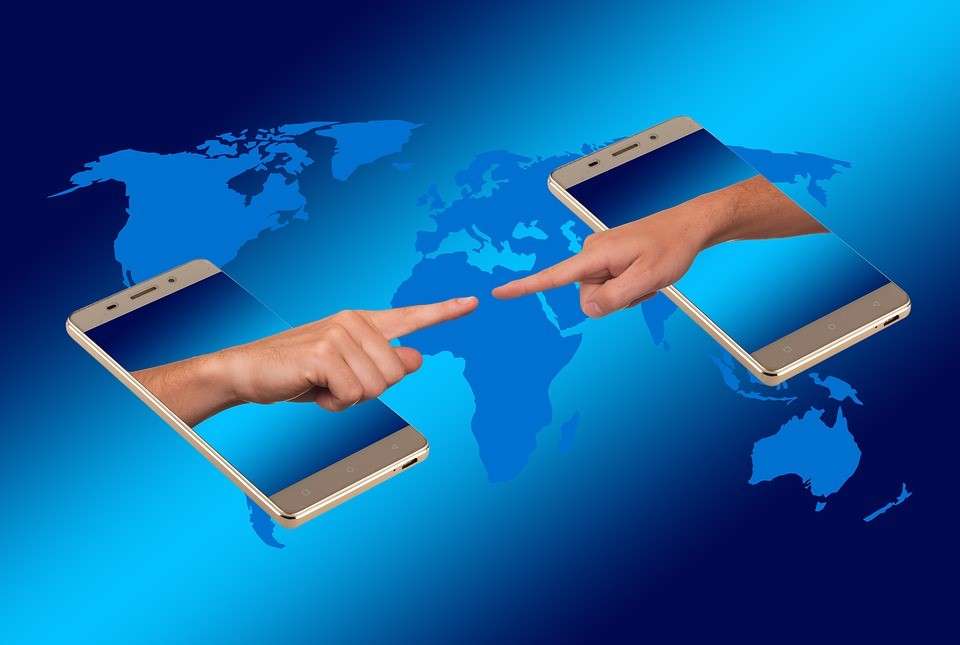
Mobile Detection and Tracking is the process of determining if an object is a mobile phone. If it is, the phone is tracked, and the user’s location is determined as well. Bluetooth Low Energy (BLE) is a standard for tracking devices.
BLE is not a technology that RFID and other static technologies are based on. BLE uses low power and does not require a connection to a cellular tower. There are many scenarios where BLEtracking is valuable.
It’s being used by airlines to prevent narcotics from being smuggled on board. BLE tracking can also be used for Waze when a car is going about its daily routine. It’s also being used by retailers to catch people shoplifting.
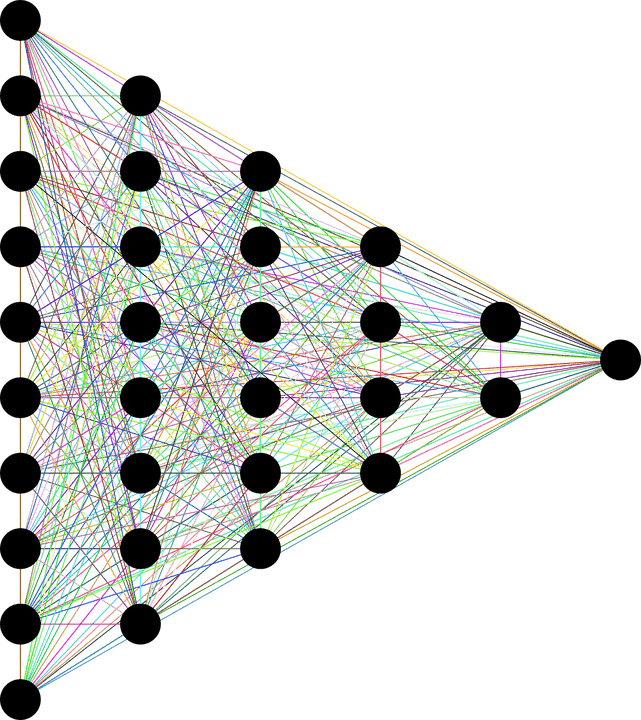
Data Warehousing and Analytics is the process of storing data and using it to guide future decisions. It’s the backbone of any enterprise and helps companies stay organized and on-task.
It enables data scientists and engineers to join the conversation and collaborate with data analysts. There are many ways to use data to guide future decisions. For example, if you get a call from someone in New York, you can store that information in your database and get updates when a new call comes in.
Another benefit of data warehousing and analytics is that it helps with Vision Simplicity. If you have access to all your data, you can create simple visualizations and graphs to show your team what the current state of the competition is.
If a model is wrong too much, you can retrain it with new data and have another version of your self analyze old data to show the model the new data provided more accurate results.
At the end of the day, any profession is going to have challenges. Facial recognition technology is no exception. The key to success with facial recognition technology is to learn from the mistakes of others and apply knowledge from all over the internet.
Learn from the mistakes of others and don’t be afraid to ask for help. But don’t be afraid to stand out, too. With the right path, you can apply for a job with a facial recognition technology startup and be successful.
